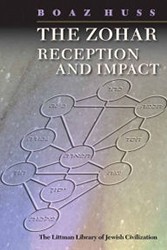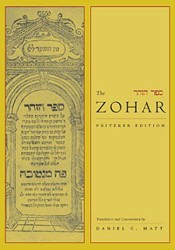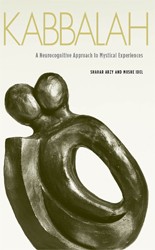Daniel Matt has been working on the translation, annotation, and establishment of a critical edition of the text for the monumental Pritzker edition of the Zohar since 1998. The issuance of Volume Six of this masterwork completes the material associated with the book of Shemot, beginning with Parashat Tetzaveh, including the construction of the Tabernacle and the sin of the Golden Calf. In the spirit of the Rabbinic comment that there are seventy faces to the Torah, the mystical interpretations and the memorable anecdotes that punctuate these pages serve to infinitely expand one’s thoughts, associations, and understandings of, and uncover new meanings for, biblical passages that one might have thought well-known due to constant study and the annual review of the weekly public Torah readings. Included in the section that discusses the verses in Shemot 35:1 – 2 describing Shabbat observance is an evocative description of the Shabbat Torah service, including a supplication that has been directly incorporated into the standard Shabbat morning prayers when the Torah is first removed from the Ark, and which the author refers to as “the Zohar’s most famous passage, a moving prayer known as ‘Berich Shemaih.’” Recognizing this particular prayer’s origins and studying it within the context of the Zohar serves to significantly enhance one’s appreciation of the weekly prayers.

Nonfiction
The Zohar: Pritzker Edition, Volume Six
- Review
By
– March 23, 2012
Yaakov (Jack) Bieler was the founding Rabbi of the Kemp Mill Synagogue in Silver Spring, MD until his retirement in 2015. He has been associated with Jewish day school education for over thirty years. R. Bieler served as a mentor for the Bar Ilan University Lookstein Center Principals’ Seminar and he has published and lectured extensively on the philosophy of Modern Orthodox education.
Discussion Questions

Jewish literature inspires, enriches, and educates the community.
Help support the Jewish Book Council.


